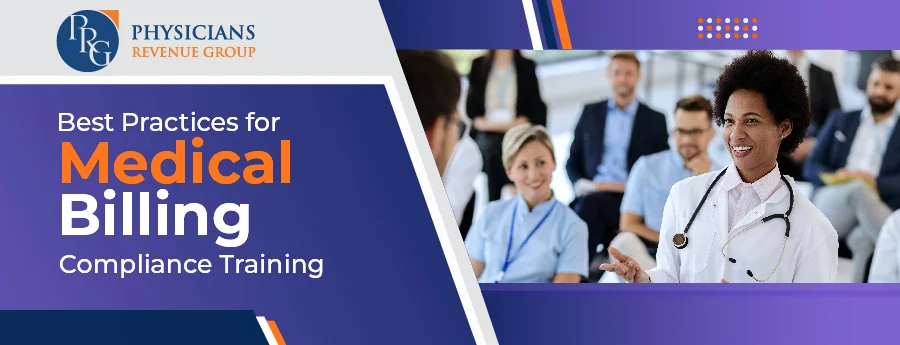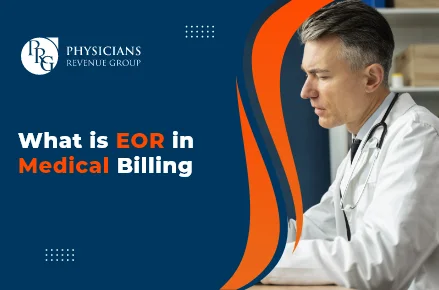
Email: info@prgmd.com | Call: +1 (630) 242-6474
Business hours: 9:00 to 5:00 | Monday to Friday
Email: info@prgmd.com | Call: +1 (630) 242-6474
Business hours: 9:00 to 5:00 | Monday to Friday

Table of Contents
ToggleMedical billing compliance is not optional in the healthcare billing industry but is a necessity. The stakes are high for most physicians and medical practices across varying specialties. Similar to compliance, billing compliance training is equally essential in the healthcare industry. This guide will explain the intricacies of medical billing services and compliance training and why both are necessary for the financial well-being of your practice.
First, billing compliance refers to the accurate and legal charging for medical services/diagnoses/treatments rendered. In extension, the billing compliance training entails adherence to all relevant state and federal laws. Furthermore, the process also involves the guidelines established by Medicaid, Medicare, and other private insurance provider companies.
Compliance and compliance training remains the cornerstone of every healthcare practice’s financial standing. It directly impacts practice revenue, patient satisfaction levels, and the business’s legal status.
Let’s look into some factors of essential knowledge your practice needs for navigating the complexity of the healthcare landscape.
Consider these five steps to make compliance and billing compliance training a part of your practice management strategy. These steps help in creating an effective billing compliance plan for your medical practice:
Training your staff to submit claims in compliance and accordance with all state and federal laws is essential. Your team should also train to code accurately according to the documentation provided. The billing compliance training is necessary for avoiding all high-risk areas, including the following:
Necessitate staff to regularly attend the annual and ongoing/recurring billing compliance training to improve billing and coding accuracies.
Here you need to establish three actionable variables here, including:
Share:
Categories
Recently Added

What is an ABN in medical billing?

What does a Clearinghouse do During Claims Submission?

What is EOR in Medical Billing?
We Would Love to Assist You!
We treat your data confidentially and don’t share any information with a third party.